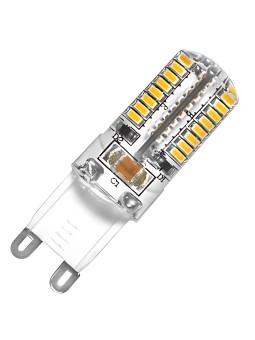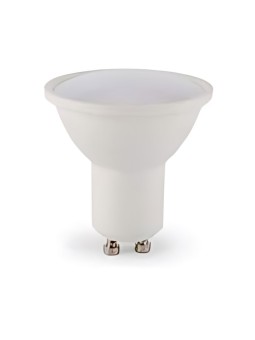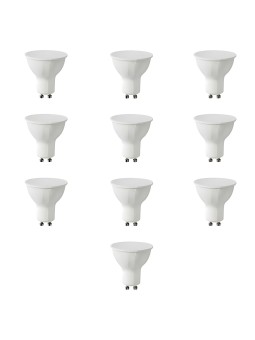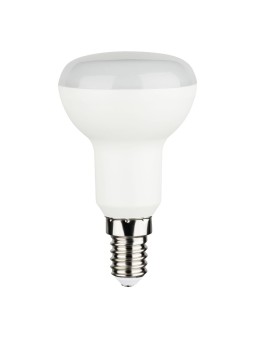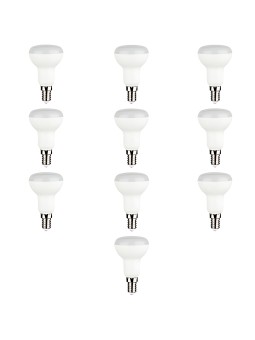Bulb E14 R50 7W WW 3000K, 10pcs
Bulb G9 7W 230V WW 2500-3000K
Bulb G9 7W 230V WW 2500-3000K, 10 pcs
Bulb G9 7W 230V DW 4000-4500K
Bulb G9 7W 230V DW 4000-4500K, 10 pcs
Bulb GU10 8W WW 3000K
Bulb GU10 8W WW 3000K, 10pcs
Bulb GU10 8W DW 4000K
Bulb GU10 8W DW 4000K, 10pcs
Bulb E14 R50 7W WW 3000K
LED lamps
LED lamps have become a real breakthrough in the field of lighting due to their efficiency, longevity, and eco-friendliness. They are the main competitor of traditional incandescent and energy-saving lamps and are gradually displacing them from the market.
The LED technology was developed back in 1962, but it was only in recent years that LED lamps became available to the general public. They provide significant energy savings - compared to traditional incandescent lamps, LED lamps consume 80-90% less electricity at the same level of brightness.
However, LED lamps are not only economical but also durable. The lifespan of LED lamps reaches 50,000 hours, which is on average 25 times longer than that of ordinary incandescent lamps. Thanks to this, replacing the lamp becomes a rare and unpleasant task.
In addition, LED lamps are eco-friendly and safe to use. They do not contain mercury, like energy-saving lamps, and do not emit ultraviolet radiation, making them safe for the eyes.
Today, the market offers a variety of types and models of LED lamps that can be used for various purposes - from home lighting to street and road lighting. There are lamps with different color temperatures and beam angles, allowing you to choose the most suitable option for specific conditions.
However, it should be noted that LED lamps have a higher cost compared to traditional lamps, although they compensate for this with their economical use. Also, some consumers may note that the color gamut of LED lamps is slightly different from traditional lamps, which may affect perception.


